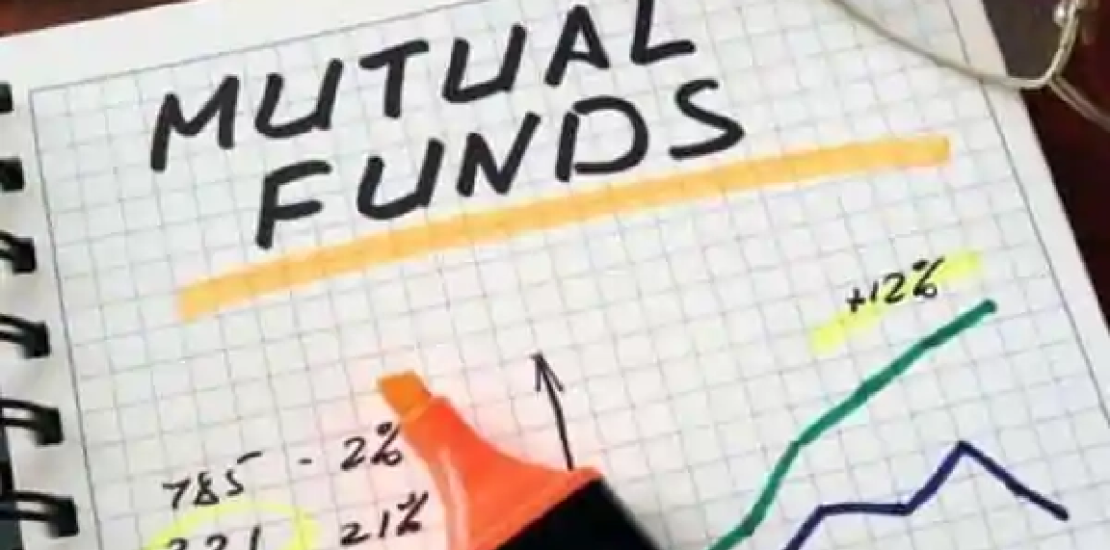
The last couple of months have been tough for investors. For a lay investor who is typically a do-it-yourself investor, managing money has never been more confusing. They have been aghast that debt funds can give negative returns or not provide access to funds. In my sessions, I have been constantly asked if debt funds should be considered for investment. And should one invest in products, which give better returns than fixed deposits and are also guaranteed.
Choosing debt funds is not easy. With 16 subcategories and very little understanding on why debt fund NAVs can fluctuate, it is not surprising that investors tend to choose funds based on near-term returns without realizing the risks involved. Debt funds have been defined by the Macaulay Duration the fund has. As per Investopedia, Macaulay Duration calculates the weighted average time before a bondholder would receive the bond’s cash flows. Almost all investors do not understand what this means.
So they end up taking the easy route of selecting funds based on near-term performance. Hence the many queries on gilt funds these days. But every year for gilts as followed by underperformance and the reason was interest rate risk. Yields have an inverse relationship with bond prices. If the interest rate drops, the price goes up and vice versa. India has had interest rates falling, which has led to almost all debt funds except credit risk funds giving phenomenal returns. Longer-term bond funds have a higher impact (either way—up or down) as they hold longer maturity bonds and hence the outperformance in gilt funds.
Credit funds come with the risk of default by the borrower and liquidity risk, which is not being able to exit certain bond investments like lower-rated bonds due to the market being shallow. In the past two years, each of these risks has played out. There have been defaults and funds have found it difficult to exit certain positions. With so many products and parameters to check, investors find it very difficult to figure out where to invest and once invested, if they should remain so and for how long. In times of volatility, investor biases also get more pronounced.
For short-term requirements, liquid or ultra short-term debt funds work well. But for longer-term allocation, there are options like short-duration funds, dynamic bond funds, credit risk funds and gilt funds, among others. In my experience as an adviser and an investor, I find that there are pockets of great returns in gilt or credit or dynamic bond funds, but short-duration debt funds give more consistent returns. The numbers prove it too.
Looking at the data on five-year rolling returns over seven-,10- and 15-year periods, one would infer that short-term funds give the lowest returns and, therefore, should be avoided. But adjusting returns for the volatility (as measured by standard deviation), one gets the risk-adjusted return. The risk-adjusted returns in short-term funds are higher than those of gilt or dynamic or credit risk funds. What this means is that for the higher risk taken in a credit risk or gilt fund, the returns are not much higher than a short-duration debt fund over longer term periods. So why stress yourself out trying to figure out whether to go with dynamic or gilt or credit risk fund?
Risk-adjusted returns are important as investors are generally loss averse and tend to redeem when returns go negative. Thus, funds with higher volatility would not work for them. Hence investors should stop running after high yield funds like credit funds or funds with near-term great performance and stick with short-duration debt funds. Of course, individual fund selection in each category also matters.
Original Source:
Photo Credit: Mint
Source: Article written by Mrin Agarwal in Livemint
Originally published on: 26 Jun 2020
Original article link:https://www.livemint.com/money/personal-finance/opinion-why-short-duration-debt-funds-are-better-for-longer-term-allocations-11593101326804.html